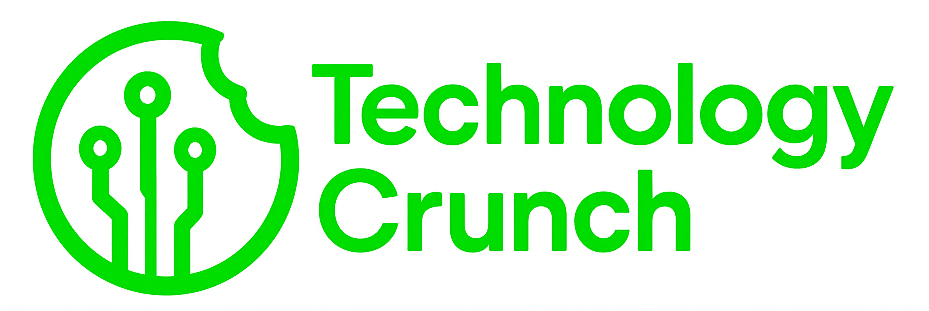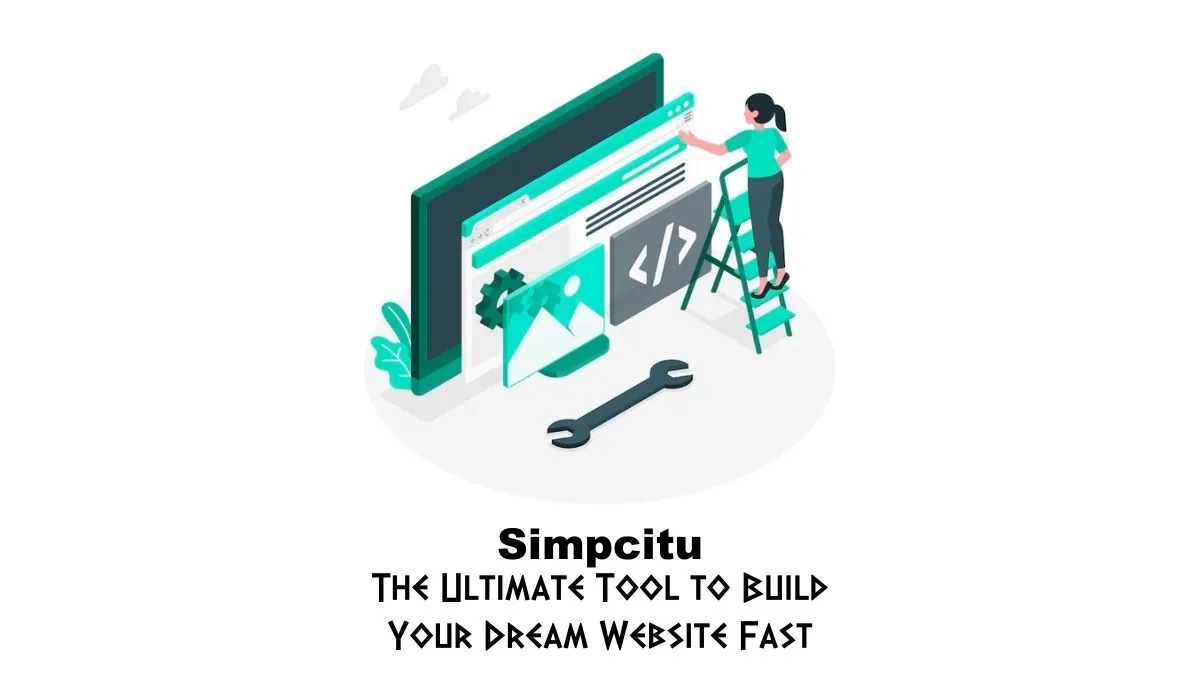In the sprawling landscape of digital innovation, new ecosystems are born with the intent to redefine how we connect, communicate, and collaborate. One such rising marvel in this technological renaissance is Simpcitu. A name that may sound futuristic and enigmatic at first mention, Simpcitu is fast becoming a symbol of innovation, digital urbanism, and interconnected intelligence.
Origins of Simpcitu
Simpcitu began as a visionary concept proposed by a consortium of digital architects, blockchain developers, and sociocultural theorists. The name itself is derived from a blend of “simplicity” and “city,” signaling its core philosophy: creating a streamlined yet sophisticated digital environment where human interaction and technological tools coexist seamlessly. What started as a niche project for tech-savvy users is now gaining traction among urban planners, digital nomads, and futurists around the globe.
The goal was never just to build another digital platform. Simpcitu aspired to model an entire societal framework that could live online, mimicking and improving upon real-world cities. It introduced a new kind of community—decentralized, secure, and highly responsive to user needs.
Infrastructure and Architecture
The backbone of Simpcitu is its modular infrastructure, which enables users to customize their environments according to personal, professional, or communal objectives. These modular components include digital residencies, marketplaces, learning academies, and recreational zones. Each unit within Simpcitu is powered by blockchain protocols, ensuring transparency and security.
Unlike traditional web platforms that silo users based on functionality (such as work, play, education), Simpcitu integrates these elements within a cohesive structure. The user interface is designed for immersive interaction, drawing from augmented reality (AR), artificial intelligence (AI), and digital twin technologies. The outcome is a cityscape that feels tangible yet remains boundless in scope.
Economic Model and Tokenization
Simpcitu’s economy is driven by a native digital token, known colloquially as the “SIMP Coin.” This token fuels transactions, incentivizes contributions, and governs access to premium features. The tokenomics are governed by a decentralized autonomous organization (DAO), giving stakeholders a voice in platform development.
Commerce in it is both virtual and real. Artists sell NFTs, developers offer services, educators create courses, and consumers shop for virtual and physical goods alike. The city provides a unique fusion of e-commerce, ed-tech, and social networking within a single economy.
Moreover, the SIMP Coin has attracted attention from financial analysts and crypto investors for its stability and potential as a medium of digital barter. Users are encouraged to contribute to the ecosystem—be it through content creation, teaching, or service delivery—in return for tokens that hold real-world value.
Governance and Community
Governance within it operates on a liquid democracy model. Every citizen—defined as a registered user—has voting rights proportional to their engagement and token holdings. This approach ensures that community developments are reflective of the collective will.
Public forums, virtual town halls, and feedback loops are integral to decision-making. Community-led initiatives, such as green tech incubators and mental wellness hubs, have already flourished due to this participatory structure.
Simpcitu also enforces strict digital rights protocols. Data ownership, privacy, and transparency are pillars of the platform’s legal architecture. Through blockchain, users retain control over their information, an essential shift in a world plagued by data misuse and surveillance capitalism.
Cultural Identity and Innovation
What truly sets it apart is its embrace of digital culture as a legitimate expression of modern identity. Art installations appear as holograms in public squares, literature is published in decentralized libraries, and live music events are streamed through 3D auditoriums. Creators are not just content producers—they are integral to the city’s lifeblood.
Innovation labs within it partner with universities, research centers, and NGOs to pilot new technologies, from AI tutors to sustainable energy grids. These labs double as educational hubs, offering micro-certifications and mentorship for aspiring technologists.
The city’s cultural fabric is woven with global threads. Celebrations of diversity, multilingual support, and inclusive design principles make it a haven for users from all backgrounds. There’s even a dedicated space for virtual diplomacy, where cross-border dialogue is encouraged.
Simpcitu in the Real World
Although entirely digital, it has real-world ramifications. Urban developers are studying its governance and architecture models to inspire smart city planning. Educational institutions are leveraging its platforms for virtual campuses. Mental health professionals see potential in its communal support systems.
Nonprofits have used it to coordinate disaster response simulations and public health campaigns. Environmentalists have found allies within its green tech district. It has essentially become a sandbox for prototyping future societal frameworks.
The corporate world isn’t far behind. Several enterprises have established headquarters in Simpcitu’s business quarter to test decentralized HR, remote team integration, and blockchain-based payroll.
Challenges and Future Prospects
No innovation is without its set of challenges. Simpcitu faces concerns over digital exclusion, particularly for communities without stable internet access. Efforts are underway to address this through subsidized connectivity programs and global outreach initiatives.
Another challenge lies in balancing openness with security. While decentralization offers resilience, it also creates vulnerabilities. The developers are constantly updating encryption protocols, engaging in ethical hacking competitions, and soliciting public audits.
Looking ahead, it plans to integrate quantum computing capabilities, expand multilingual AI assistance, and launch immersive virtual reality neighborhoods. A partnership with international space agencies is even exploring the possibility of it becoming the first digital habitat for space colonists.
Conclusion
Simpcitu represents a radical reimagining of what a city can be. It is not confined by geography, not shackled by bureaucracy, and not limited by traditional constraints. It is a place where innovation, culture, and community converge to form something entirely new.
As we move deeper into the digital era, platforms like it will become increasingly vital. They offer us a glimpse into a future where technology enhances human experience rather than diminishing it. With thoughtful governance, inclusive values, and ceaseless innovation, it is more than just a digital metropolis—it is a model for how we might live, learn, and lead in the decades to come.
In its essence, it challenges us to reconsider our definitions of home, society, and self. And in doing so, it opens the door to possibilities previously constrained by physical reality. With its unique vision and growing global influence, it is poised to become a cornerstone of our digital future.

